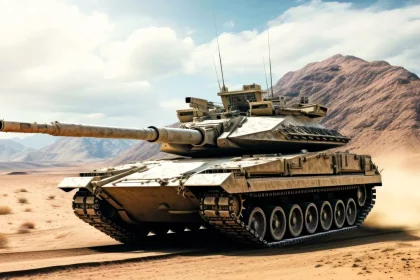10 Best Tanks in the World 2025
The best tanks in the world represent the pinnacle of armored warfare technology.
11 Best Sniper Rifles in the World
Choosing the best sniper rifle is a critical decision for military, law enforcement, and shooting enthusiasts alike.
Rudram-4 Hypersonic Missile: DRDO’s Game-Changer To Boost Su-30MKI Strike Power
India is set to make a major leap in its strike capabilities with the development of the Rudram-4 hypersonic air-to-surface…
India to Begin Integration of First Indigenous AIP System on INS Khanderi in Mid-2026
INS Khanderi to serve as test-bed for DRDO’s hydrogen-on-demand AIP system from 2026 refit.
15 Best Aircraft Carriers in the World
Aircraft carriers are undoubtedly a vital component of modern naval warfare.
India Eyes Two Mega Submarine Deals Worth Over ₹1 Lakh Crore to Boost Naval Power
₹1 lakh crore deals to include three new Scorpenes and six stealth submarines with AIP technology by 2032.






